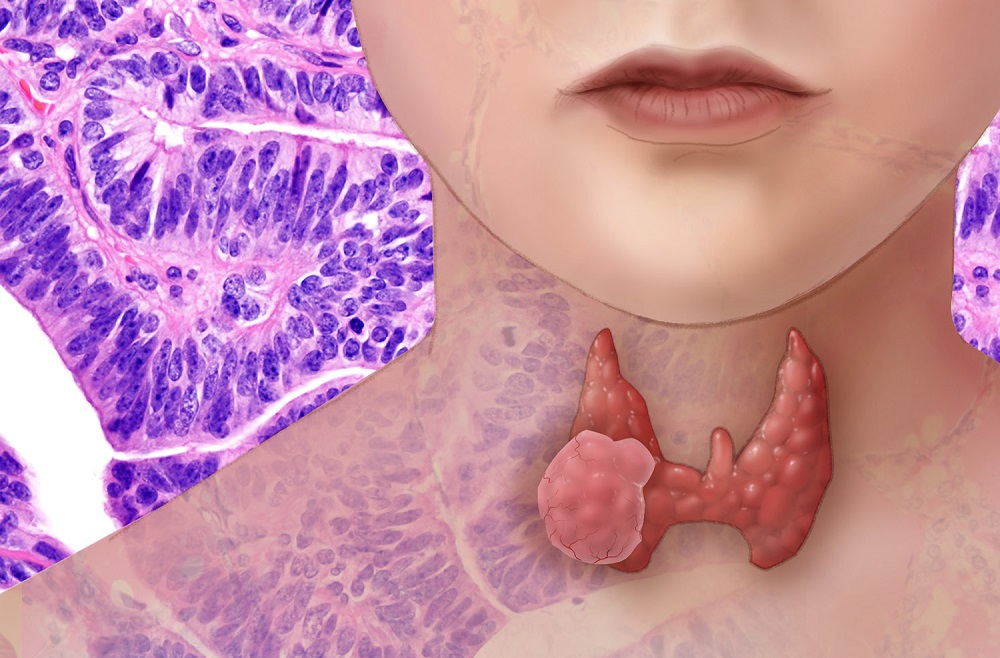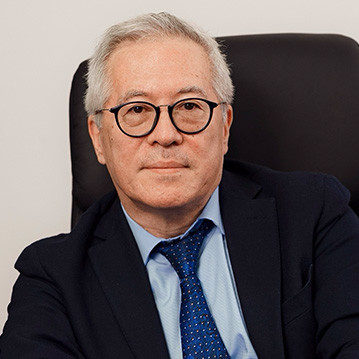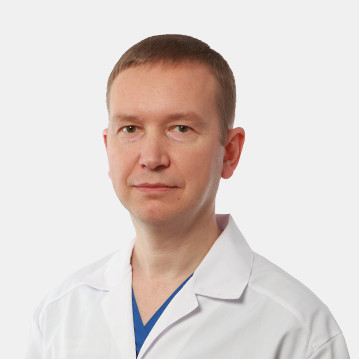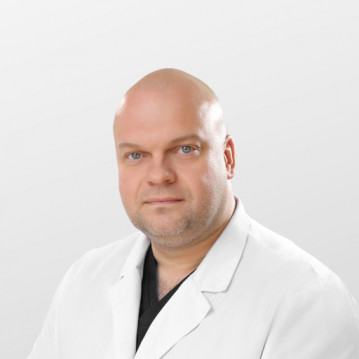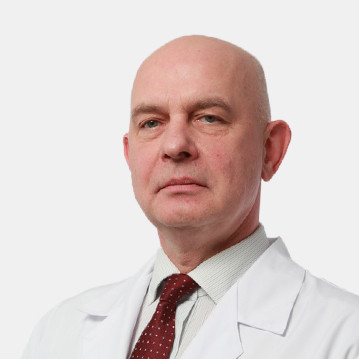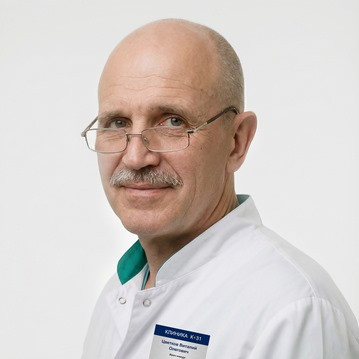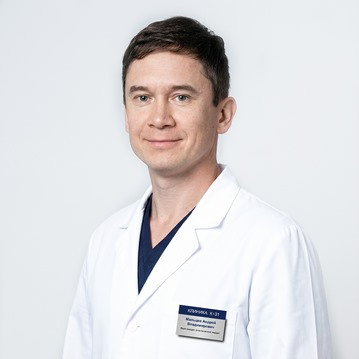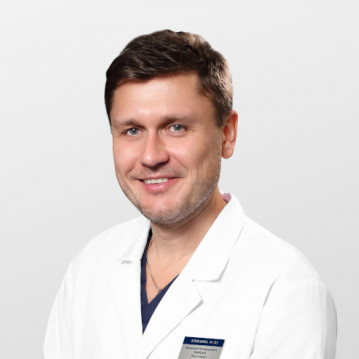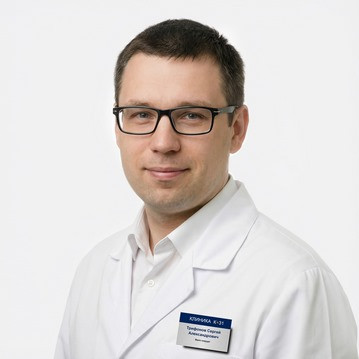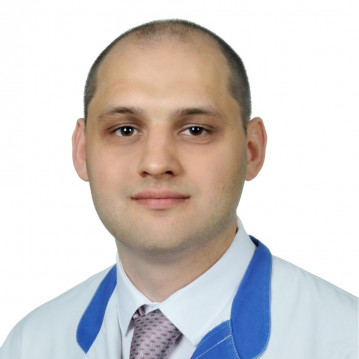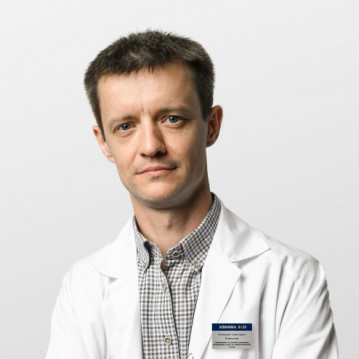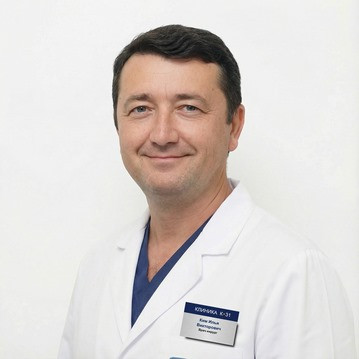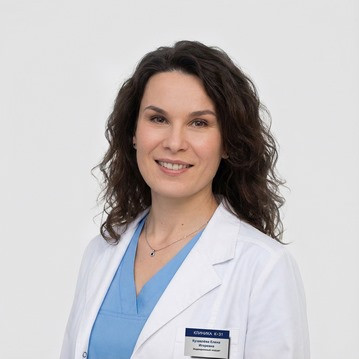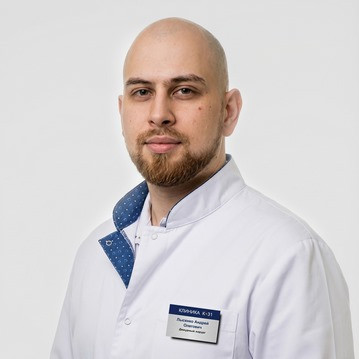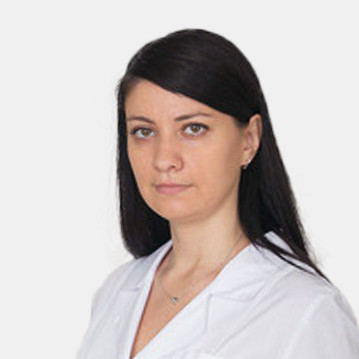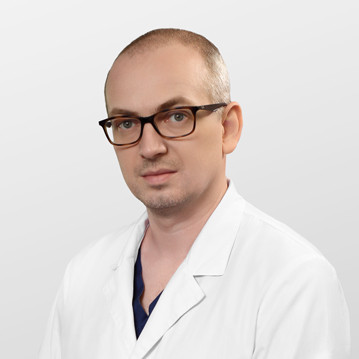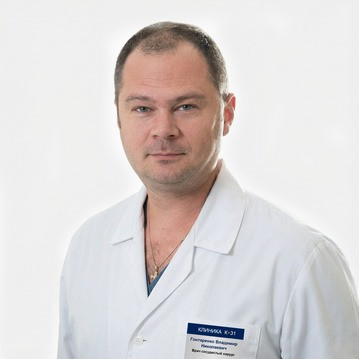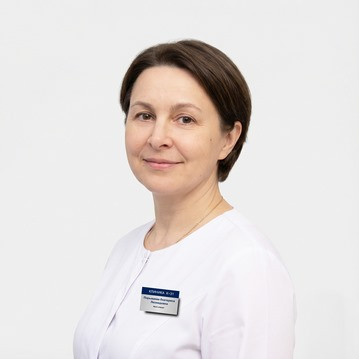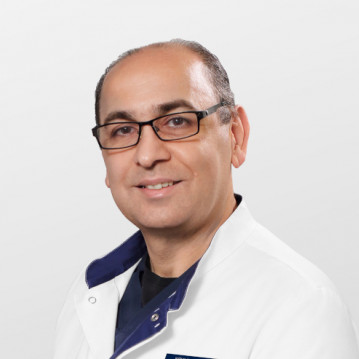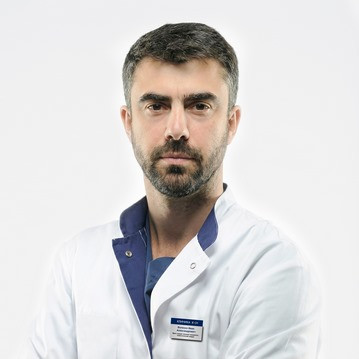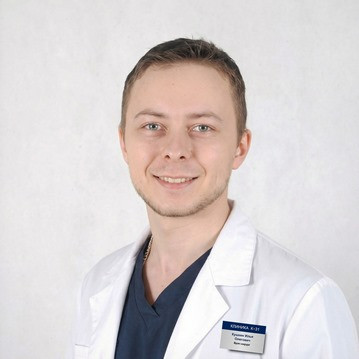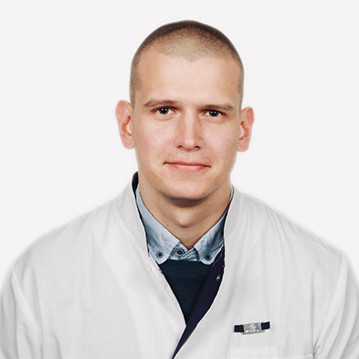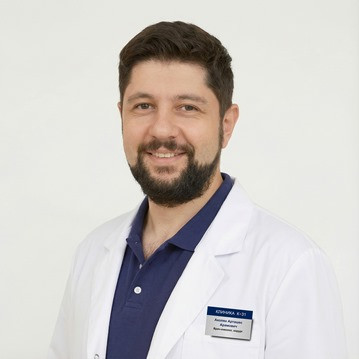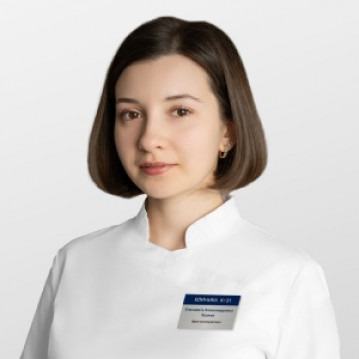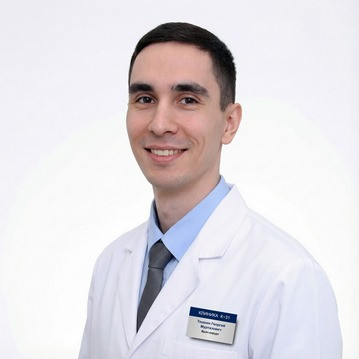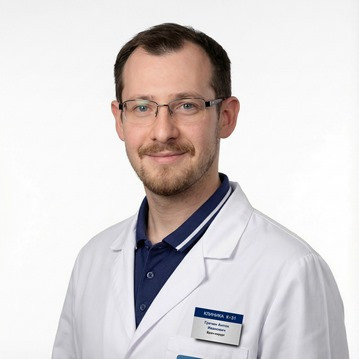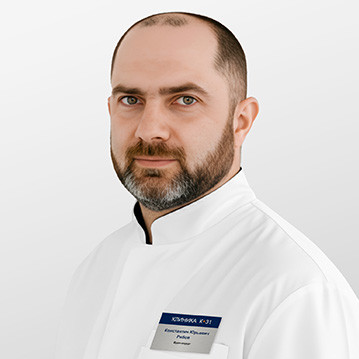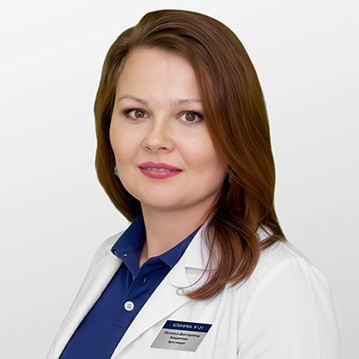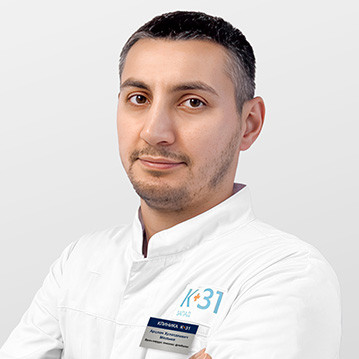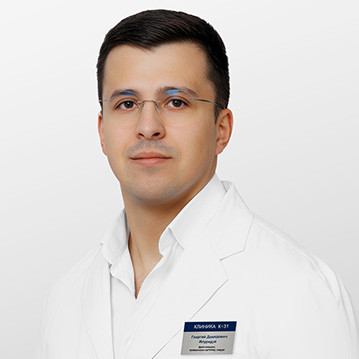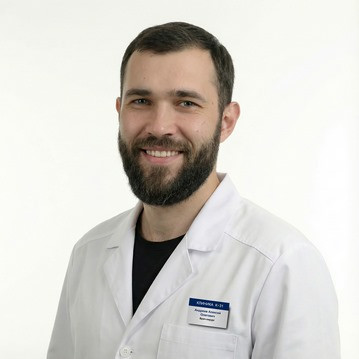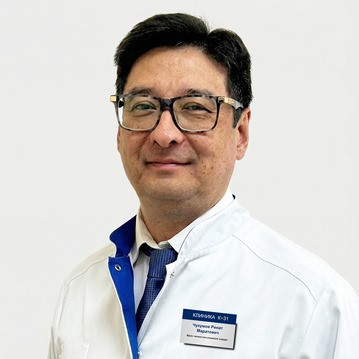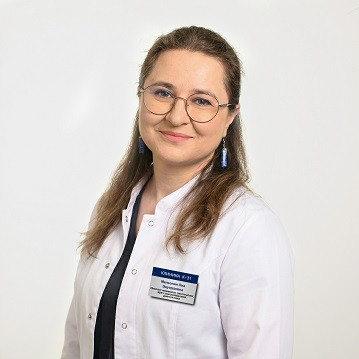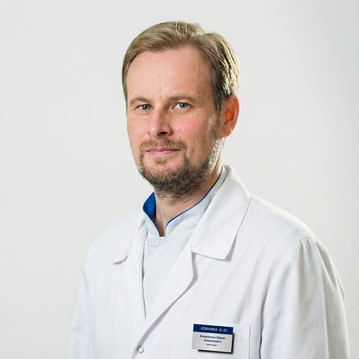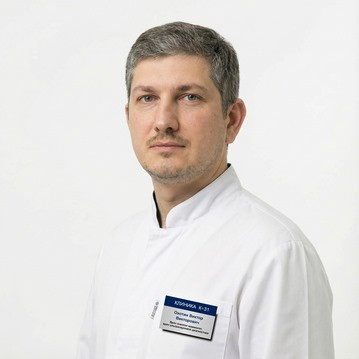Removal of benign soft tissue neoplasms
Benign neoplasms have minimal negative effects on the body and, unlike malignant ones, do not always need to be removed. The main indications for surgical manipulation:
- The risk that the tumor may become cancerous.
- The tumor is located in the area of possible trauma - on the neck, under the arm, on the back, etc.
- Large size - the formation interferes with the normal functioning of the surrounding organs and tissues.
- Aesthetic considerations - for example, tumor growth on the face, neck, shoulder, hand, etc.
Tumors can be removed by open access and with the help of minimally invasive technologies: endoscopically, laser or other low-traumatic technique. In our center, low-traumatic interventions are used with minimal disruption of the integrity of the skin and surrounding tissues.
In the K+31 clinic, the removal of soft tissue neoplasms with a laser is actively practiced - a modern technique with the following features:
- Local impact only.
- Short procedure time - about 10 minutes.
- Absence of pain, trauma and postoperative complications.
- Short healing times.
- There are few contraindications.
- No skin contact.
First, the doctor anesthetizes the affected area, then directs the laser beam at the tumor. Unhealthy, improperly growing cells are destroyed layer by layer, evaporated. For each case, the mode of operation of the emitting laser device is selected individually - the doctor adjusts the strength, duration and diameter of the beam.
The following types of neoplasms are subject to laser removal:
- Angiomas.
- Xanthomas.
- Basal-cell carcinoma.
- Keratomas.
- Fibroids.
Papillomas, warts and nevi are also well removed with a laser beam.
The rest of the neoplasms are removed surgically. Size and localization do not matter - our specialists cope with tasks of any complexity. In the K+31 clinic, minor surgical interventions are performed with minimal tissue incisions, as well as with the use of endoscopic equipment, which reduces the invasiveness of the operation, and reduces the risk of complications. Such procedures usually do not require general anesthesia and have few contraindications. The operation is not performed in the presence of the following pathologies and conditions:
- Acute viral or bacterial infection.
- Increased body temperature.
- Severe hepatic or renal impairment.
- Heart attack in the acute period.
- Pregnancy.
If the patient has contraindications, then the manipulation can be carried out after stabilization of the condition. Thanks to the use of modern equipment, the healing of a postoperative wound occurs quickly, a small inconspicuous suture remains in its place. Most tumors do not recur after removal, so a single procedure is most often required to achieve a lifelong effect.
If a neoplasm is found in oneself, one should consult a specialist for examination - only a doctor will be able to accurately determine, on the basis of the diagnostics carried out, whether it is benign or malignant. You can visit the surgeon, conduct an examination and remove the tumor in our clinic.
